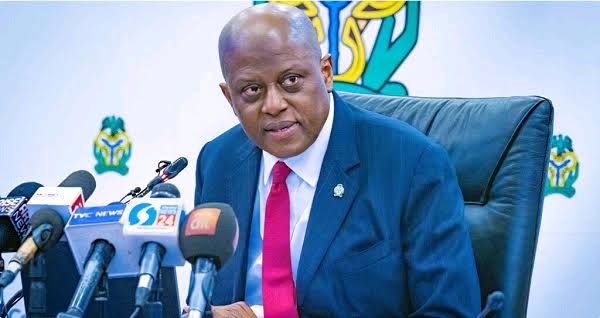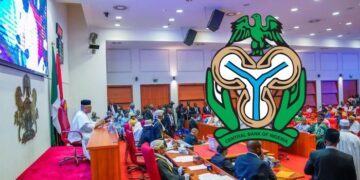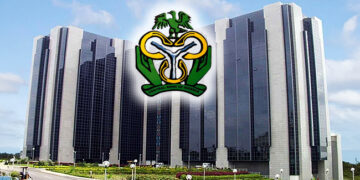The Monetary Policy Committee (MPC) of the Central Bank of Nigeria (CBN) on Tuesday reduced the Monetary Policy Rate (MPR) by 50 basis points to 27 percent. The move signals a cautious policy shift, reflecting sustained disinflation and improving macroeconomic indicators.
Banks Meet Recapitalisation Targets
The MPC also confirmed progress in the ongoing recapitalisation exercise. Fourteen banks have already met the new capital requirements, according to the committee.
Announcing the decisions in Abuja, CBN Governor Olayemi Cardoso explained that the rate cut was guided by five consecutive months of disinflation and projections of further declines in inflation. He said the easing would also support economic recovery.
New Cash Reserve Requirements
The committee introduced a 75 percent Cash Reserve Requirement (CRR) on non-Treasury Single Account (TSA) public sector deposits. In addition, the CRR for commercial banks was raised to 45 percent, while the ratio for merchant banks was retained at 16 percent. The liquidity ratio remains unchanged at 30 percent.
Cardoso noted that adjustments to the Standing Facilities Corridor, set at +250/-250 basis points around the MPR, would boost interbank market efficiency and improve monetary policy transmission.
Inflation Continues to Ease
Headline inflation fell to 20.12 percent in August 2025 from 21.88 percent in July. Core inflation dropped to 20.33 percent from 21.33 percent, while food inflation slowed to 21.87 percent. The decline was largely driven by falling prices of rice, maize, millet, and beans.
On a month-to-month basis, inflation dropped sharply to 0.74 percent in August, from 1.99 percent in July, marking the steepest pace of disinflation in five months.
The MPC attributed the trend to earlier monetary tightening, exchange rate stability, improved capital inflows, lower petrol prices, and higher crude oil output.
Stronger GDP Growth and Oil Sector Recovery
Nigeria’s GDP growth accelerated to 4.23 percent in Q2 2025, up from 3.13 percent in Q1. The oil sector rebounded strongly, expanding by 20.46 percent compared to 1.87 percent in the previous quarter. The recovery is expected to strengthen foreign reserves and stabilise the FX market.
Gross external reserves increased to $43.05 billion as of September 11, 2025, from $40.51 billion in July. This provides 10.28 months of import cover. The current account surplus also rose to $5.28 billion in Q2 from $2.85 billion in Q1.
FX Liquidity and Reserves Outlook
Cardoso projected stronger foreign exchange inflows, targeting at least $1 billion monthly to sustain naira stability.
“Our reserves are at their highest level since 2019. Initiatives like the non-resident naira-settled FX market have doubled inflows within a year. The next target is $1 billion monthly inflows, which we expect to achieve through new initiatives and investor confidence,” he said.
Banking Sector Reforms
The MPC also ended forbearance measures and waivers on single obligor limits. Cardoso described the move as a step toward greater transparency, risk management, and financial stability. He assured that the transition poses no threat to the banking system.
However, the committee warned that excess liquidity from fiscal releases could create inflationary risks, stressing the need for firm liquidity management.
Global Outlook
Globally, the MPC projected stronger economic recovery supported by trade talks and monetary easing in advanced economies. However, it cautioned that geopolitical tensions and trade disputes could disrupt growth.
Policy Stance
The committee reaffirmed its data-driven approach, pledging to balance price stability with economic growth through proactive policies.










